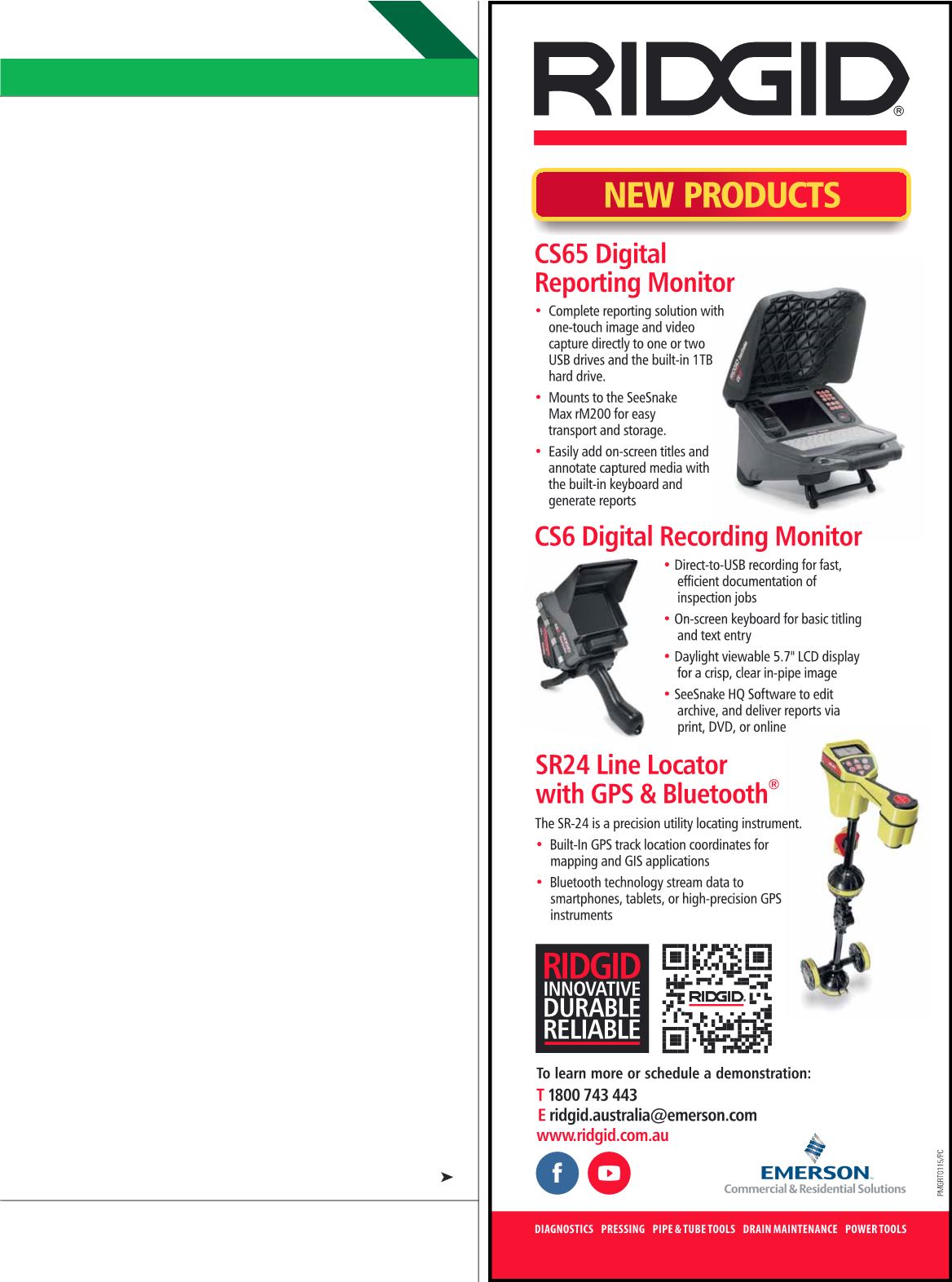

PLUMBING CONNECTION
AUTUMN 2015 71
PROFITING FROM SOLAR HOT WATER REPAIRS
Solar hot water service and repair work is beginning to
increase; however some plumbers are choosing to stay
away from solar repairs because of the lack of information
available regarding how to fix the problems. The fact is,
there is plenty of sales information available but a relatively
limited amount of repair information exists. Solar hot water
repairs can be simple if you stick to some basic rules. Over
the next few issues of Plumbing Connection we will highlight
some of the problems associated with repairing solar hot
water systems and ways to overcome them.
The average lifespan of solar hot water components,
circulating pumps, solar hot water controllers and sensors
used in some of the earlier systems tends to be around
3-5 years, sometimes a lot less. The way solar hot water
systems were designed 3-5 years ago by the smaller brand
name manufactures, makes repairs and servicing tricky. The
first mistake that can be made by the majority of people, is
wanting to replace like for like parts, when there is a better
solution often at a cheaper price in the long run.
Charging for repairs can be a difficult process mainly
because of customer expectations not being met. Some
customers may be up for $1000 in repairs when they only
paid $500 for their systems. Similarly, some may be under
the impression that their system is still under warranty.
Others may be anxious because their hot water has stopped
and they have paid good money in their new system,
believing it would last longer than their previously replaced
hot water cylinder. The salesman forgot to tell them their
new system is more efficient but will need servicing with
components replaced after time. Just like a car, solar hot
water systems require servicing too.
With this in mind, some basic techniques for approaching
solar hot water repairs are needed.
The best way to deal with customers is to provide them
with a few options based on the scenario at hand. Give them
as much information as possible and let them decide.
I have used this approach with success on many occasions
when going to a job to fix a system that has stopped working.
Often the system has no digital controller and a pump that
has been installed outside in the harsh elements. I’m often
unsure how long it has been since it last worked.
I generally inform the customer of the cost to repair the
system with a complete pump station first before providing
an alternative, such as replacing the solar components
with the latest technology on the market. I also explain
to the customer that with this option they will know when
a problem occurs by looking at the temperatures on the
controller regularly and observing the flow. With the older
systems you cannot see any signs of things going wrong
until they stop. Unfortunately, it means that the system
could have been broken for some time before the customer
has realised.
















